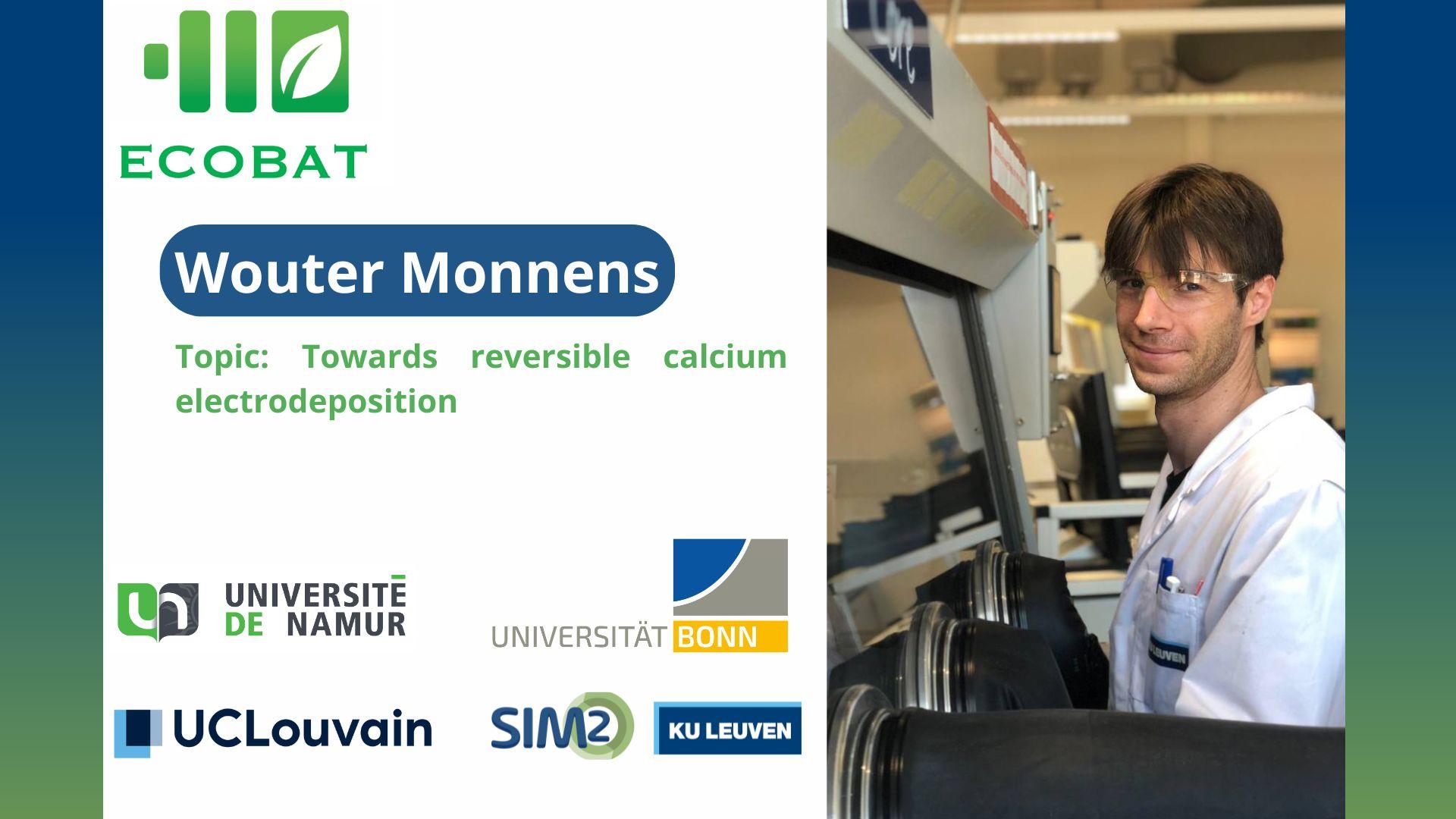The lifecycle engineering (LCE) research group (SIM² KU Leuven) and the European Commission DG Joint Research Centre (Seville) have recently developed two methods to assess the repairability of energy and resource related products. In this paper, both research groups have collaborated to analyse the performance of the proposed evaluation schemes.
Assessing “the ease of repair”
Two different assessment methods, the Assessment Matrix for ease of Repair (AsMeR) developed by SIM² KU Leuven and the Repair Scoring System (RSS) developed by JRC, are applied to seven washing machine models.
The data required for this assessment are collected through a combination of literature study and fieldwork at a repair and refurbishment centre of large household appliances. The aim of this paper is to investigate (1) the ability of the two assessment methods to capture the diversity of products on the market, (2) the coherence of results obtained with both methods, and (3) how methodological choices can affect results.
Reliability versus repairability
The results suggest that there is no perfect correlation between repairability score and product characteristic, such as the consumer price: cheaper machines in general scored lower in terms of repairability, but the best score was not obtained by the most expensive model. This can be explained by the fact that high-range models are generally designed for reliability rather than for (self-) repairability.
Overall, results show a good coherence between the applied repairability assessment methods. Both methods rely on the selection of priority parts, which is a challenging task. However, the sensitivity analysis revealed that overall scores are not significantly affected by the number and the weighting factor of priority parts, as long as a sufficient number of priority parts are considered (at least five for washing machines).
In addition, the number and weighting factors used some criteria and parameters could be reduced without significantly altering the relative ranking of the investigated WMs. This suggests that the methods could be simplified when tailored to assess specific product groups.
The present work can be used by designers, repairers, testing organisations and policy makers to tackle the premature obsolescence of products and to support the implementation of the circular economy action plan for energy and resource related products.
Full reference of paper
Bracquené, E., Peeters J., Alfieri F, Sanfélix J., Duflou J., Dewulf W., Cordella M. (2020). Analysis of evaluation systems for product repairability: a case study for washing machines. Journal of Cleaner Production https://doi.org/10.1016/j.jclepro.2020.125122
LCE research group
https://www.mech.kuleuven.be/en/research/LCE



.JPG)


